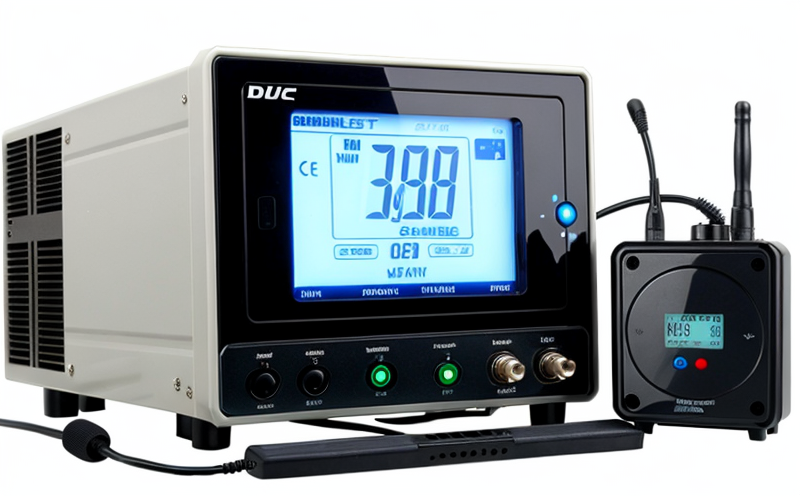FCC Part 96 Citizens Broadband Radio Service RF Testing
The FCC Part 96 Citizens Broadband Radio Service (CBRS) is a regulatory framework that allows unlicensed use of radio spectrum. This service enables the deployment of low-power wireless broadband services to meet growing consumer demand for high-speed internet access, particularly in rural and underserved areas.
Our RF testing service ensures compliance with FCC Part 96 regulations, which are designed to protect incumbent users of the CBRS band while allowing for unlicensed use. We perform comprehensive tests on various devices such as Wi-Fi routers, mobile hotspots, and other consumer electronics that operate in this spectrum range.
The testing process involves several key steps:
- Measurement of transmitted power levels
- Determination of frequency deviation
- Evaluation of spurious emissions
- Spectral mask compliance assessment
These measurements are critical to ensure that devices meet the stringent requirements set forth by FCC Part 96. Our team uses state-of-the-art equipment, including spectrum analyzers and network test sets, to conduct these tests in controlled laboratory environments.
In addition to technical parameters, we also assess the environmental impact of device emissions. This includes evaluating potential interference with other licensed services operating within the same or adjacent bands.
Our testing service is particularly important for manufacturers entering the CBRS market. By ensuring compliance early in the development process, companies can avoid costly delays and penalties associated with non-compliance.
Why It Matters
The FCC Part 96 Citizens Broadband Radio Service RF Testing is crucial for several reasons:
- It ensures compliance with federal regulations, which is essential for legal operation of devices in the CBRS band.
- It helps protect incumbent users of the spectrum by minimizing interference from unlicensed devices.
- It allows manufacturers to enter new markets with confidence, knowing that their products meet all necessary regulatory requirements.
- It provides a competitive advantage by ensuring high-quality performance and reliability of wireless products.
Compliance testing is not just about meeting legal standards; it also enhances consumer trust. Consumers are more likely to purchase devices from companies that can demonstrate compliance with rigorous technical specifications.
In the context of electronics testing, RF testing for FCC Part 96 is a critical component of our quality assurance process. It helps ensure that products perform as expected in real-world conditions and do not cause harmful interference to other communications systems.
Applied Standards
| Standard | Description |
|---|---|
| FCC Part 96, Subpart D | Requirements for Broadband Access Systems in the 3550 to 3700 MHz Band |
| IEEE 802.11ax | Wi-Fi standard that defines a new set of transmission techniques for wireless LANs |
| ETSI EN 301 896-7 | Interference characteristics and measurement methods in the 3550 to 3700 MHz band |
The standards listed above provide a framework for testing devices operating within the CBRS band. Compliance with these standards ensures that devices are safe, reliable, and capable of coexisting harmoniously with other communications systems.
Benefits
Compliance testing offers numerous benefits to manufacturers and consumers alike:
- Legal Compliance: Ensures that products meet all applicable regulatory requirements, avoiding potential fines or legal action.
- Market Access: Facilitates entry into new markets, particularly in the growing CBRS band.
- Consumer Trust: Builds confidence among consumers by demonstrating a commitment to quality and safety.
- Technical Excellence: Enhances product performance and reliability through rigorous testing and validation.
- Competitive Advantage: Differentiates products in the marketplace, offering an edge over competitors who may not meet all regulatory requirements.
In addition to these direct benefits, compliance testing also fosters innovation by encouraging manufacturers to push the boundaries of what is possible within the constraints set by regulatory bodies like the FCC.





